If you’ve spent any time driving on America’s Interstate System, you’re no doubt accustomed to the system of signs informing you of upcoming exits, mileage distances, speed limits, local services, etc. Until this decade, these signs have used a typeface in the Federal Highway Administration’s (FHWA) sanctioned series of fonts. The typeface, referred to as Highway Gothic, was developed in the 1940s and today is still used on the vast majority of road signs.
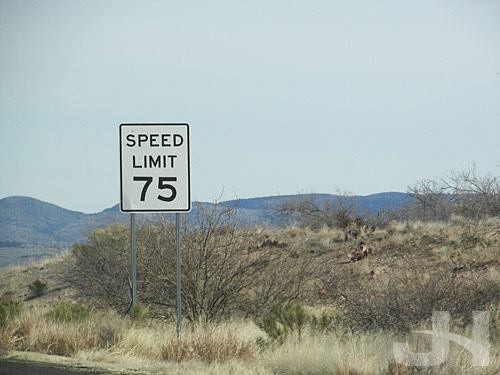
In 2004, the FHWA approved the use of Clearview, a new typeface to eventually replace Highway Gothic on road signs across the country. This isn’t new news, but my recent trip to Arizona reminded me of the typeface switch.
Clearview was developed as a custom typeface by Don Meeker, an environmental graphic designer, and James Montalbano, a type designer. Joshua Yaffa at The New York Times wrote a must-read piece (if you’re a type, design, or sign buff) about the typeface and its development.
Much of the signage that uses Highway Gothic is in all-caps, which renders text harder to read, especially at 65+ miles per hour. In addition, the counter-spaces (the hole in the ‘e’ or ‘a’) are small and make the letters harder to read. At night, the reflectivity of the signs often cause the letters to blur past recognition for some drivers when head lights shine on the signs.
Clearview aims to change all that with larger counters, larger x-heights, and mixed-case words.
Example of halation (over-glow of reflected sign) with mixed-case Highway Gothic, upper-case Highway Gothic, and mixed-case Clearview (image from Clearview site):
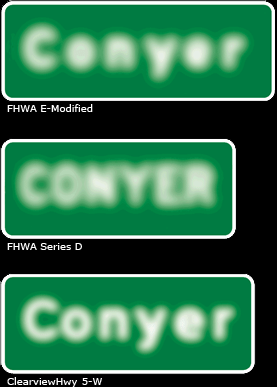
The development team recommends Clearview be adopted for all signage, not just guide signs. Examples of suggested signage modifications, Highway Gothic on the left, Clearview on the right (images from Clearview site):
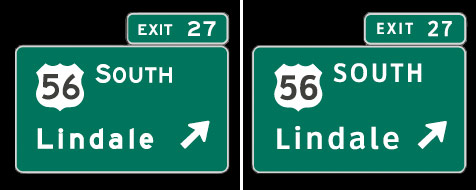
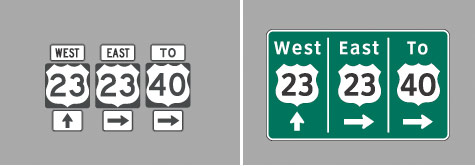

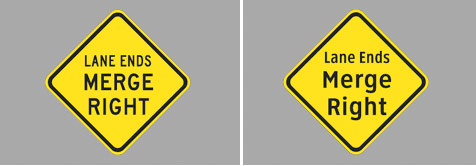
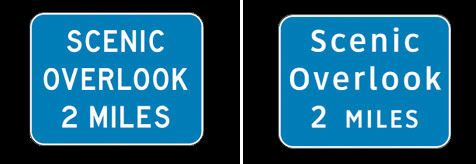
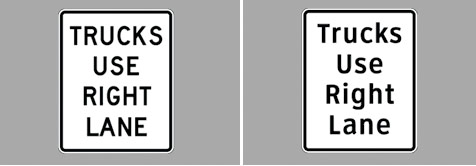
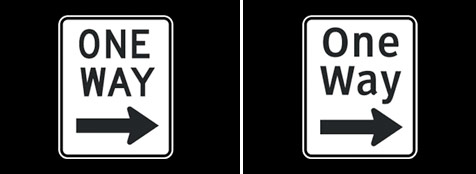
Seeing the two typefaces compared, I don’t think there is a comparison. The clarity achieved with Clearview is astounding, and Clearview even manages to be a little more friendly at the same time (which when you’re a lost motorist looking to find your way, that friendliness might not be such a bad thing).
I mentioned earlier I was reminded of the switch to Clearview during my recent trip to Arizona. On the intersections with traffic lights, the city of Phoenix has installed large, easy-to-see-and-read back-lit street signs above the road. The typeface they use? Clearview:
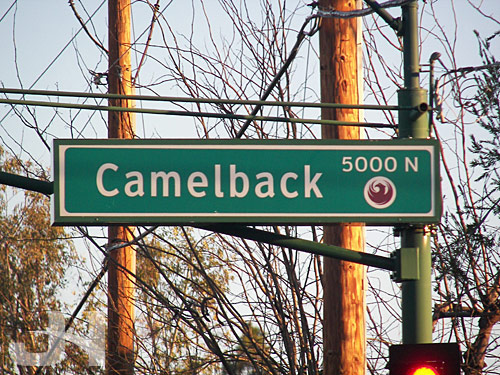
Arizona has a good deal of newer highway and road construction projects, and in many cases, the signs use Clearview.
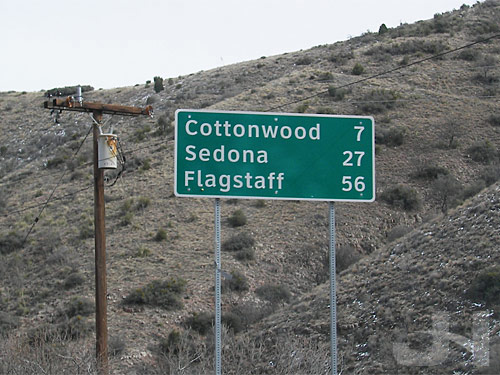
Comparison shot: new Clearview sign on the left, older Highway Gothic sign on the right:
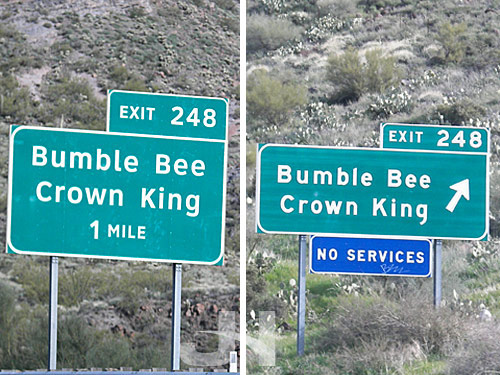
Here in Connecticut, we’re still using Highway Gothic, but I eagerly await the arrival of signs of clear viewing.